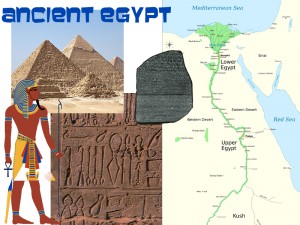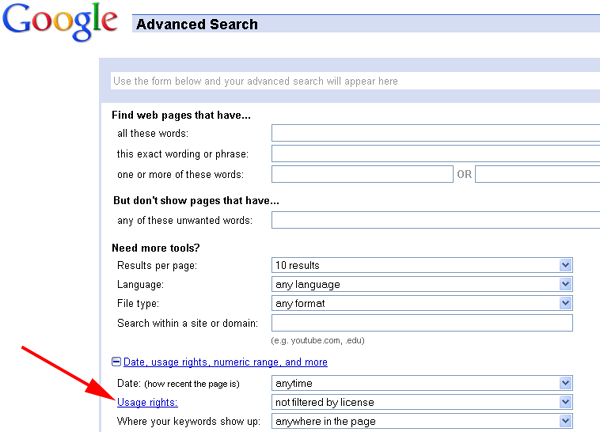At a recent meeting to discuss the agenda for moving OER forward, the predictable topics of quality, effectiveness, and cost came up in the context of defining the value proposition of OER.
David Wiley rightfully pointed out that we don’t generalize in terms of other interactive media, such as software or video, but instead judge individual assets on their merits.
That’s a good point. We don’t look for proof that “interactive video is highly effective” (except for when citing research for grants…a fairly ridiculous practice that I’ll leave that for another post for now). Instead, we look for particularly effective video or more to the point, video that is particularly effective for the audience and purpose at hand. Some video that is great for one purpose may be wholly inappropriate for another.
The same is true for OER. The quality and effectiveness of OER resources needs to be judged in the context for which it is intended. Even issues of cost effectiveness are context-specific, particularly when looking at total cost of ownership/use.
While we are searching for blanket statements that justify the use of OER, we should keep this in mind. Even when discussing the benefits of OER, it may be valuable to make fewer blanket assertions and to focus instead on the specific benefits of individual content assets.


